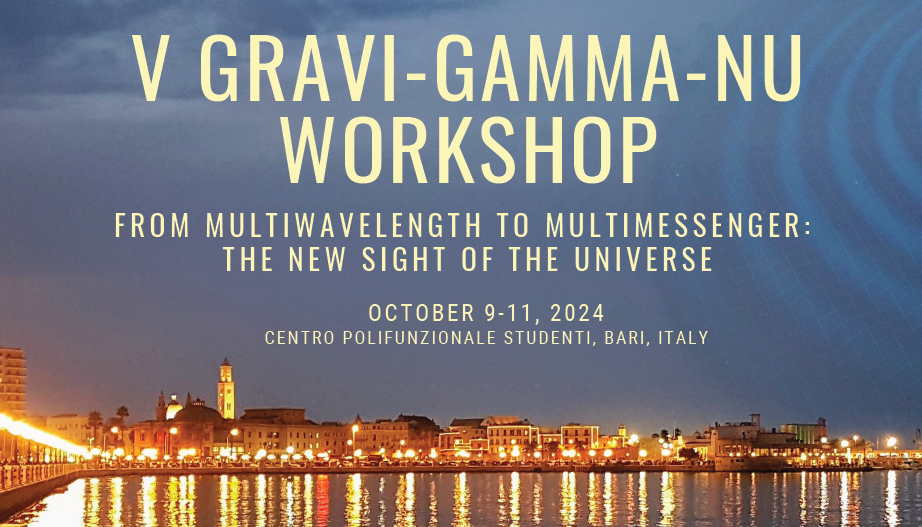Speaker
Description
The simultaneous observation of gamma rays and neutrinos from the same astrophysical source allows us to understand the mechanisms of particle production in the ultra-high energy environments of our Universe.
The Cherenkov Telescope Array Observatory (CTAO) is a new-generation ground-based instrument for very-high-energy gamma-ray astronomy, under construction in the northern and southern hemispheres: CTAO-North will be located on the island of La Palma in the Canary Islands (Spain), while CTAO-South will be located in the Atacama Desert (Chile). CTAO will be the first open ground-based gamma-ray observatory capable of detecting gamma rays in the energy range between 20GeV-300TeV. The KM3NeT collaboration has started building the ARCA neutrino telescope in the Mediterranean Sea. The ARCA detector is optimized to search for high-energy neutrino sources in the Universe. It is being constructed at the Capo Passero site in Italy, 80 km offshore at a depth of 3500 m.
In this contribution, we examine the performance of CTAO as calculated from simultaneous neutrino and gamma-ray simulations for steady-state and transient (TXS flaring-blazar type) sources, assuming that neutrino events are detected by both neutrino telescopes, KM3NeT and IceCube, located in the northern and southern hemisphere, respectively.
Using the open-source python code FIRESONG (FIRst Extragalactic Simulation Of Neutrino and Gamma-ray), a list of neutrino-emitting blazars is generated. Neutrino sources are simulated with different input parameters such as local source density, neutrino luminosity, energy range, and type of stellar evolution model. These simulations are also analyzed and compared with the discovery potentials of neutrino telescopes, to reveal which sources are effectively seen and which are not. In this paper, a preliminary study of the CTAO detection performance of very high-energy gamma-ray counterparts for such neutrino sources is presented.
In particular, we would like to highlight the necessity of implementing the KM3NeT neutrino telescope in the northern hemisphere for the study of transient sources and multi-messenger targets in conjunction with the new CTAO configuration with the implementation of Large Sized Telescopes (LSTs) at the southern site.

